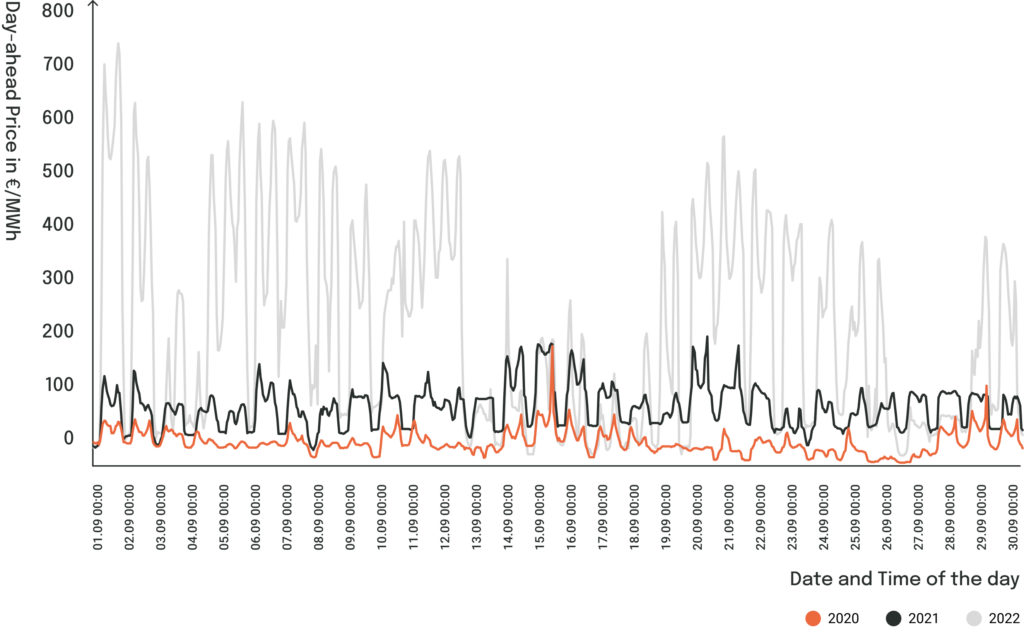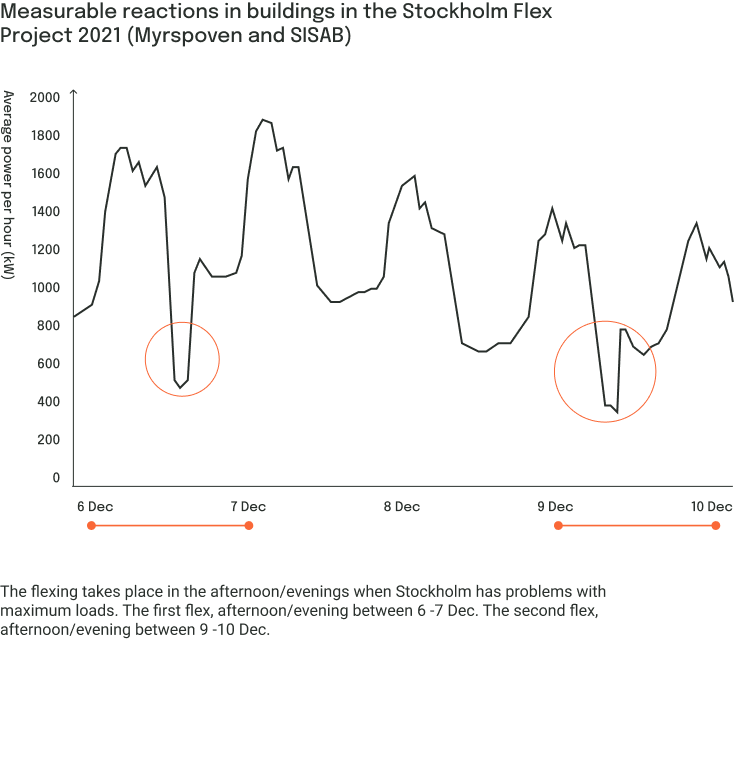Time to flex your energy
A universal, scalable and cost-effective method for how properties effectively create the necessary flexibility that the renewable energy system requires.
A universal, scalable and cost-effective method for how properties effectively create the necessary flexibility that the renewable energy system requires.
Impact
Kilowatt Hours is how we measure energy today. In real estate we talk about kWh/sq.m. This information can of course give a real estate owner or a tenant good information about the energy efficiency in the property, but it does not tell the whole truth.
Today we measure Co2 emissions in kWh which isn’t really representing the reality. Using energy (kWh) in the night, when there is plenty of renewable energy is not bad for the planet and the carbon emissions are far lower than fossil fuels – but according to how we measure today, those kWh still count. We are of course hoping for a more representative way of measuring Co2 emissions to emerge soon, until then our real estate owners and operators will have to settle with the significant cost reduction load shifting adds.
But you can use the volatility to your advantage. By using Myrspoven solutions, we can make your building dynamic assets in the energy system, making the building use the energy when the price is low. This has major effects
- reduction the Co2 emissions overall
- reduction during peak hours which is when the representation of non-renewable energy sources are the highest.
- Major cost savings due to the prices being a lot lower when demand for energy in society is low
And of course we do all this without a negative impact on indoor comfort.
Why it is important to address energy consumption and the timing of it, is well explained by this graph. In 2022, we started seeing very volatile electricity prices, energy became expensive. This is something we have to get used to.
The graf represents electricity spot prices area SE3 in Sweden in September 2020, 2021 & 2022.
Volatile energy prices are here to stay, so future proof your buildings by adding Myrspoven’s flex solutions.

The evolution of building management
To prepare for this shift building management has had to evolve, and lately at great speed.
Building management is something which started out as very manual, but has had to evolve to something close to autonomous. To futher increase efficiency, we need a new approach to BMS controls. We need to move from “set and forget” to “continuously fine-tuning”, from “Scheduled based” to predicting, and from “Limited Sensing” to “Augmented IoT sensors”. No doubt a skilled HVAC engineer can unlock savings in a building, but these engineers are hard to find and the scalable approach is therefore to use a trained HVAC AI, to help out where you are short of the great engineers.
There are of course ways to unlock even greater savings even after implementing AI enabled HVAC optimization. Because even if the underlying system is autonomous, we still see that human interaction with the system can lead to even greater results.
Myrspoven has made myCoreAI interactive if that is what the customer prefers, and autonomous otherwise. Our 48 hr prediction visualizes what the AI is planning and gives possibility to intervene if the user wants to. We feel it is important to keep the customer in full control and give them the ability to always decide what freedom the AI should have.
Myrspoven has taken a holistic approach to energy optimization and optimizes all possible systems in the building in one single algorithm, with no risk of sub-optimizing. The result is a future proof solution where buildings also can be dynamic players in a modern energy system with fully functioning scalable load shifting capabilities, to be used aggregated for energy flex markets, unlocking new revenue streams for the real estate owner.
We are already working on the next generation in building management, virtual sub-metering, with no need for additional hardware to measure energy consumption from different components in the building… The future is greener, join us on our journey!

Load shifting based on AI technology
Load shifting through myLoadshift is really all the technology you need for entering flex markets. The loadshifting is done with full control over the indoor climate. If the building is unoccupied during parts of the day or night, this opens for more shifting, but even in residential buildings you can shift enough loads to save both money and the planet.
On an aggregated scale buildings can jointly use each other’s excess, which is what we call an energy flex market.
How Energy Flex works

Aggregated building data from the BMS/ Scada system
Collection of relevant datasets, weather, energy tariffs and social data.
Digital trading platform that autonomously handles the trading of energy by translating bids of flexibility from the utility companies into changing the production or consumption of the energy through signals to the real estate owners control systems.
Utility companies connected to the energy trading platform
Sthlmflex
Svenska Kraftnät, Ellevio and Vattenfall have chosen to jointly find solutions to the bottle neck problems within the grid in the Stockholm region. Sthlmflex is a research project aimed to create and test a “flexibility market” in the region. Consumers and producers then have the possibility to bid on the potential flexible power, in order to target the problem with low power supply and insufficient amount of power when the demand is high.
Myrspoven’s contribution to the project turns the focus towards the consumer side rather than the producing side of electrical power on the market. This could be used either to save money, i.e., optimizing in regard to grid tariffs, or to address larger problems such as the capacity shortage in the energy system.
Through the implementation of Myrspoven, all buildings in the portfolio could be joined into one aggregated unit in order to control the use of power. SISAB (Skolor i Stockholm AB) together with Myrspoven, added 50 schools to the project resulting in SISAB being able to offer capacity by lowering their electrical heating between a set time interval after school hours, when their schools were not operated by the pupils nor teachers. The graphs to the right presents an overview of the first flex-date where Ellevio accepted SISAB’s bid on flexibility.

